Sailboat. "Tabu" class 16' daysailer with trailer and Seagull engine
1982 Home built
| Condition: | Used |
| Make: | Home built |
| Year: | 1982 |
| Location: | Lacey, Washington, United States |
| Want to buy? | Contact seller! |
Description
This is a “Tabu” class sailboat with trailer and engine. It is a beautifully built wooden boat, covered with Dynel fabric and with a varnished interior. It has a length of 16’ (less a fraction of an inch which eases licensing requirements) and a beam of 5’ 8”. The design weight is 200 lb, with mast, although actual weight is unknown. It carries 165 sq. ft. of sail area, with a fully battened mainsail. The form is reminiscent of a midwestern scow, but with a bluntly rounded bow. As explained below I have not sailed the boat, but it should be a fast planeing hull. I believe that plans for the boat were published in Popular Mechanics in the late 70’s, and can be viewed on the internet. Google “Tabu sailboat” for those plans and other photos and information.
It is my understanding that the boat was built by a Boeing engineer about 1982, but I suspect that it has never been sailed. The sails are crisp and clean and the sheets are unsoiled. I was an avid small boat sailor some decades back, and when I saw this boat I had visions of returning to the sport. Unfortunately age and physical limitations make that impractical.
I have a couple concerns about the rigging, and some modification would be desirable.
First, the stainless steel shrouds and forestay connect to the hull with brass turnbuckles, and they appear to me to be less robust than would be desirable in a strong breeze. Perhaps I am pessimistic, but to be safe I would install heavier turnbuckles, which in turn would require shortening the shrouds and forestay and re-swaging to fit. Not a major job, but requiring some professional attention.
Secondly, fairleads and jam cleats for the jib sheets are not installed, and the sheets themselves are not fitted with snaps to connect with the jib clew. Additionally there are no jam cleats for the mainsheet. For ease of sailing this needs attention.
The hull is absolutely water tight. The workmanship is impressive. The mast, centerboard and rudder are veneered over a framework, producing light weight components. The Dynel fabric is reputed to be superior to fiberglass for durability and flexibility. The interior is stained and varnished. A manual motor mount is installed. Being of wood construction with hollow mast the boat should float if capsized, but to be certain, and to compensate for engine weight I have placed large (new) truck innertubes fore and aft under the deck. Oarlocks are installed and oars are included.
The trailer is a Chrysler brand, which has been upgraded with 12” wheels and bearing buddies. My tow vehicle is a little 4 cylinder Ford Ranger pickup, which is fully adequate. The trailer has a standard 4 wire electrical connection and 2” ball socket. If the buyer does not have a properly equipped tow vehicle I could probably deliver the boat within a reasonable distance of Olympia, WA for out-of-pocket cost.
The trailer is equipped with winch and tongue jack and is licensed until April of 2018.
I have two British Seagull engines, and will include whichever the buyer prefers. The larger of the two is a 1971 Silver Century, Serial #WS1698A1, producing about 4.5 or 5.0 HP. The smaller, but later, engine is a Forty Plus, Serial #TSEFPC323A1, about 2 or 3 HP. It is one of the last Seagulls built, and features a recoil starter and clutch. So the choice is older but bigger, or newer but smaller. Both run well and are in comparable condition.
Additional equipment includes oars, paddle, plastic tarp and two new lifejackets.
This boat will elicit attention and envy for its clean lines and quality construction.
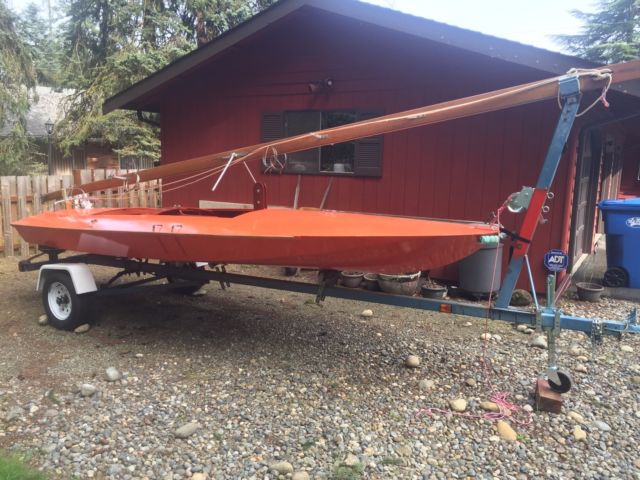
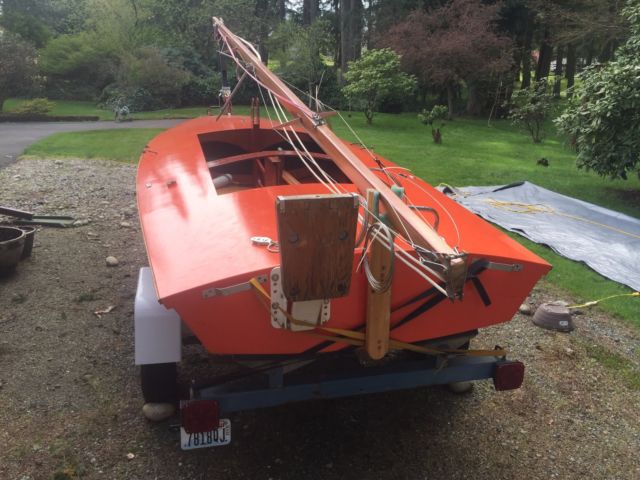
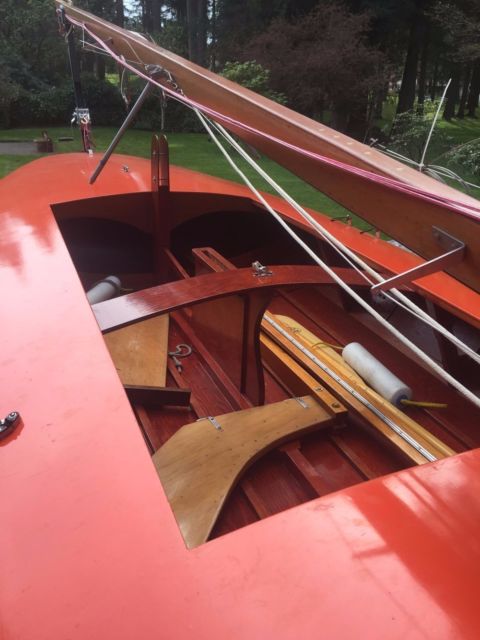
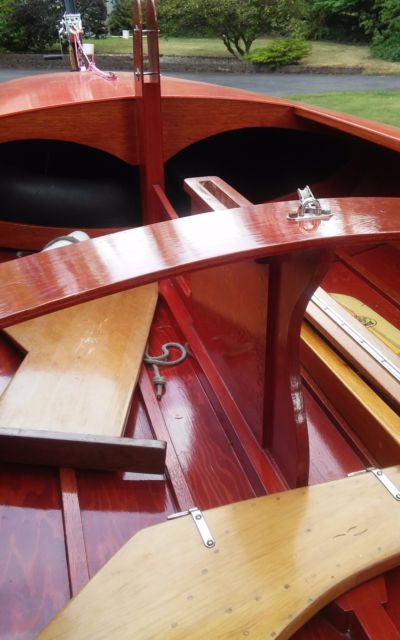
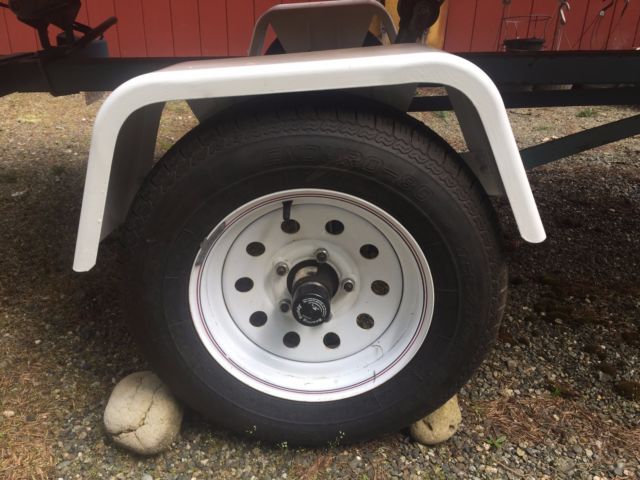
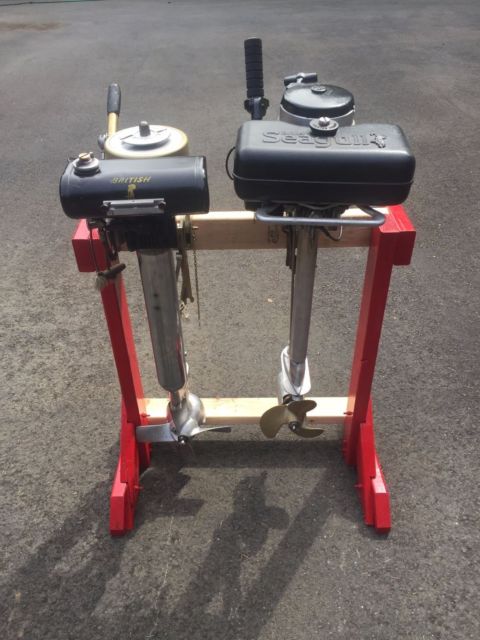
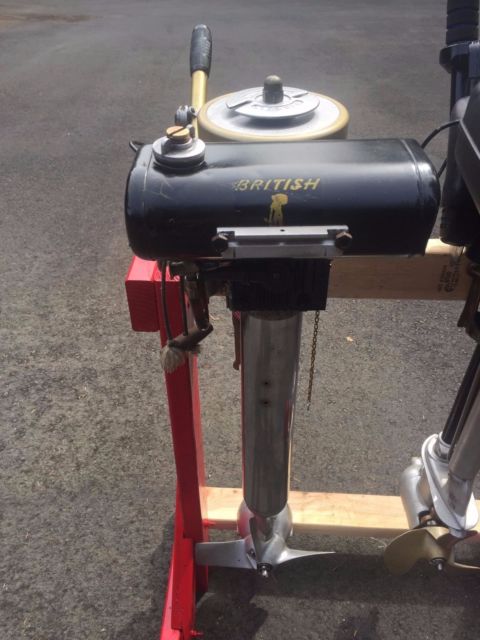
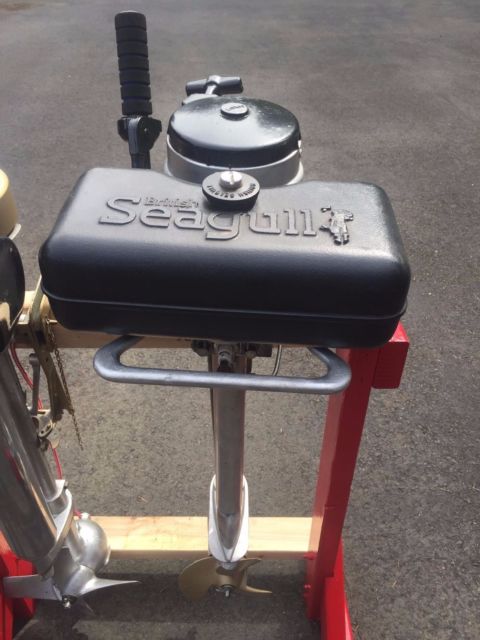
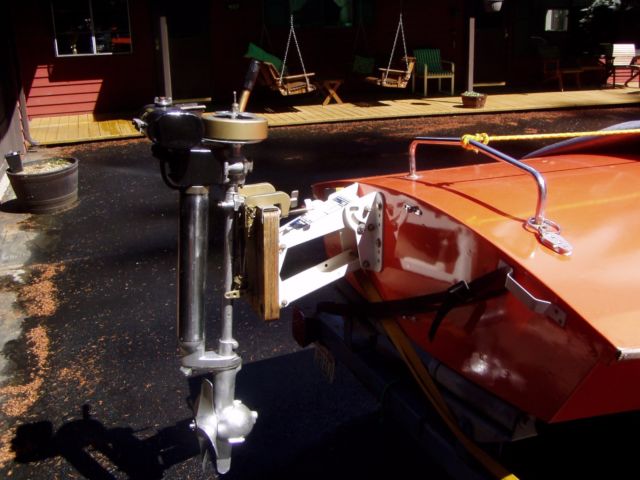
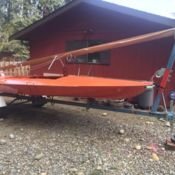 SAILBOAT - "TABU" CLASS 16' DAY SAILER WITH SEAGULL ENGINE AND CHRYSLER TRAILER
SAILBOAT - "TABU" CLASS 16' DAY SAILER WITH SEAGULL ENGINE AND CHRYSLER TRAILER
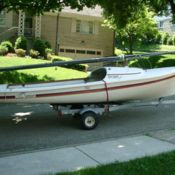 Daysailer I sailboat and galvanized trailer
Daysailer I sailboat and galvanized trailer
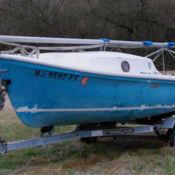 16' American Daysailer Sailboat with 2 Sails and Trailer
16' American Daysailer Sailboat with 2 Sails and Trailer
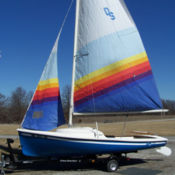 84 Daysailer 1 swing keel sailboat with trailer
84 Daysailer 1 swing keel sailboat with trailer
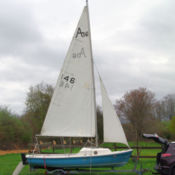 16' American Daysailer Sailboat with 2 Sails and Boat Trailer
16' American Daysailer Sailboat with 2 Sails and Boat Trailer
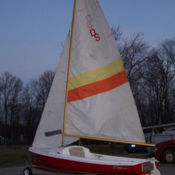 1973 O'Day Daysailer II swing keel sailboat with trailer
1973 O'Day Daysailer II swing keel sailboat with trailer
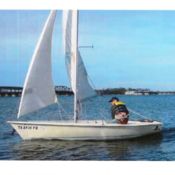 16-FOOT SAILBOAT- AMF APOLLO SLOOP RIG DAYSAILER / RACER WITH TRAILER
16-FOOT SAILBOAT- AMF APOLLO SLOOP RIG DAYSAILER / RACER WITH TRAILER
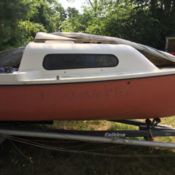 1974 Siren Daysailer Sailboat w Trailer, Eastham MA | No Fees & No Reserve
1974 Siren Daysailer Sailboat w Trailer, Eastham MA | No Fees & No Reserve
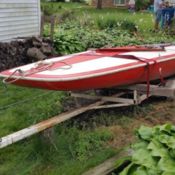 1977 Johnson C Class Scow Sailboat w Trailer, Edina MN | No Fees & No Reserve
1977 Johnson C Class Scow Sailboat w Trailer, Edina MN | No Fees & No Reserve
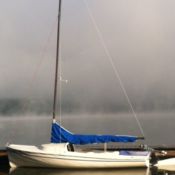 O'Day Daysailer 17’ Sailboat
O'Day Daysailer 17’ Sailboat